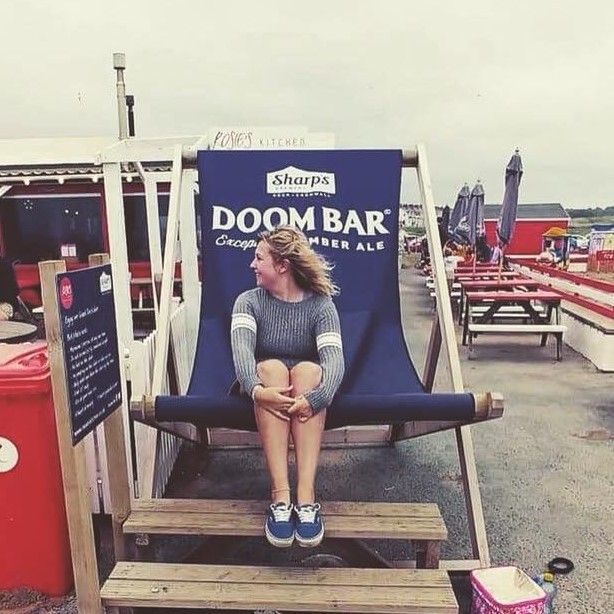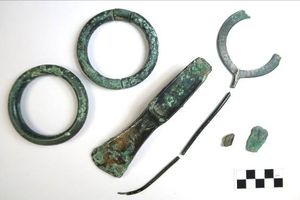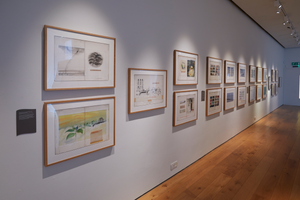This Tap Dance Day 2021, we dip into the history of tap dance and hear from Jazz and Lucy from Forest Arts Centre about why they love the dance style...
Tap dance originated in the United States in the early 19th century, during the early slave trade, at the crossroads of African and Irish American dance forms. It has been said that when slave owners took away traditional African percussion instruments, slaves turned to percussive dancing to express themselves and retain their cultural identity. These styles of dance connected with clog dancing from the British Isles, creating a unique form of movement and rhythm.
Tap gained popularity after the Civil War as a part of travelling minstrel shows and, in the early 20th century, tap was an important feature of popular Vaudeville variety shows and a major part of the rich creative output of the Harlem Renaissance. Tap dancers began collaborating with jazz musicians, incorporating improvisation and complex syncopated rhythms into their movement.

The modern tap shoe, featuring metal plates (called “taps”) on the heel and toe, came into widespread use at this time - early tap shoes had wooden soles, sometimes with pennies attached to the heel and toe. Although Vaudeville and Broadway brought performance opportunities to African-American dancers, racism was still pervasive, as dancers of different races typically performed separately and for segregated audiences.
From the 1930s to the 1950s, tap dance sequences became a staple of movies and television. Tap’s popularity declined in the second half of the 20th century, but was reinvigorated in the 1980s through Broadway shows like 42nd Street and The Tap Dance Kid.
Tap stars included Shirley Temple, who made her film tap dance debut at age six, and Gene Kelly, who introduced a balletic style of tap. Fred Astaire, famous for combining tap with ballroom dance, insisted that his dance scenes be captured with a single take and wide camera angle. This style of cinematography became the norm for tap dancing in movies and television for decades*.
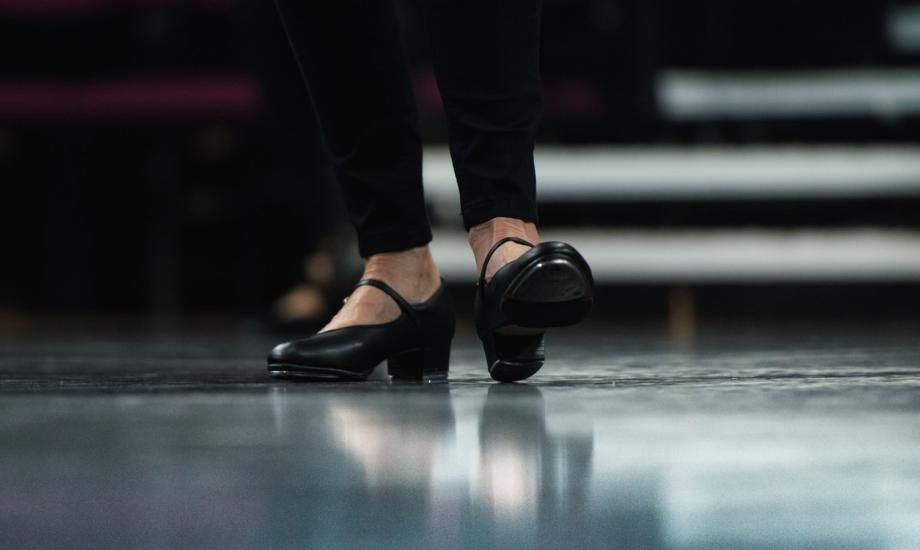
"Why do we dance and what makes us love it?"
Community Programme Co-Ordinator, Jazz, and Operations Co-Ordinator/Tap class tutor, Lucy, both from Forest Arts Centre share their thoughts...
"I have really fond memories growing up, tap dancing in my kitchen with my nan. My nan had her own dance school when she was younger and she was very much a part of my introduction to dance. That’s the great thing about these dance styles such as tap, they are timeless and bring generations together. I remember going to my nan and telling her I had learnt a ‘time step’ and we would practise it together. My mother was also a tap dance teacher, so I would assist with her classes on a Monday afternoon, I loved tap dancing, making complicated sounds and I was rather good at it!
"I was obsessed with Liza Minnelli growing up and Gene Kelly. This again was mainly to do with my nan as we would watch these dancers together (on repeat!) and my favourite film of all time is Singin' in the Rain, and I also love Steppin’ Out." - Jazz
"I started tapping at a college evening class at the tender age of 21 so I'd like to say I've only been tapping for a few years but my maths makes that 30 years! My mum had suggested I tapped when a child but I didn't want hair like Shirley Temple so turned it down. By 21, I'd realised you could tap and have your hair however you wanted! Seriously, though, I worked shifts in a hotel and wanted to do something to broaden my social life and give me a bit of exercise that fitted in with my shift patterns. Most of the class members were retired but one lady was only about 20 years older than me and we are still in touch.
"My first dance memory was being persuaded to take part in the first of many charity events. We were dancing to Mack & Mabel and had hideous tent-like dresses made out of shocking pink nylon." - Lucy
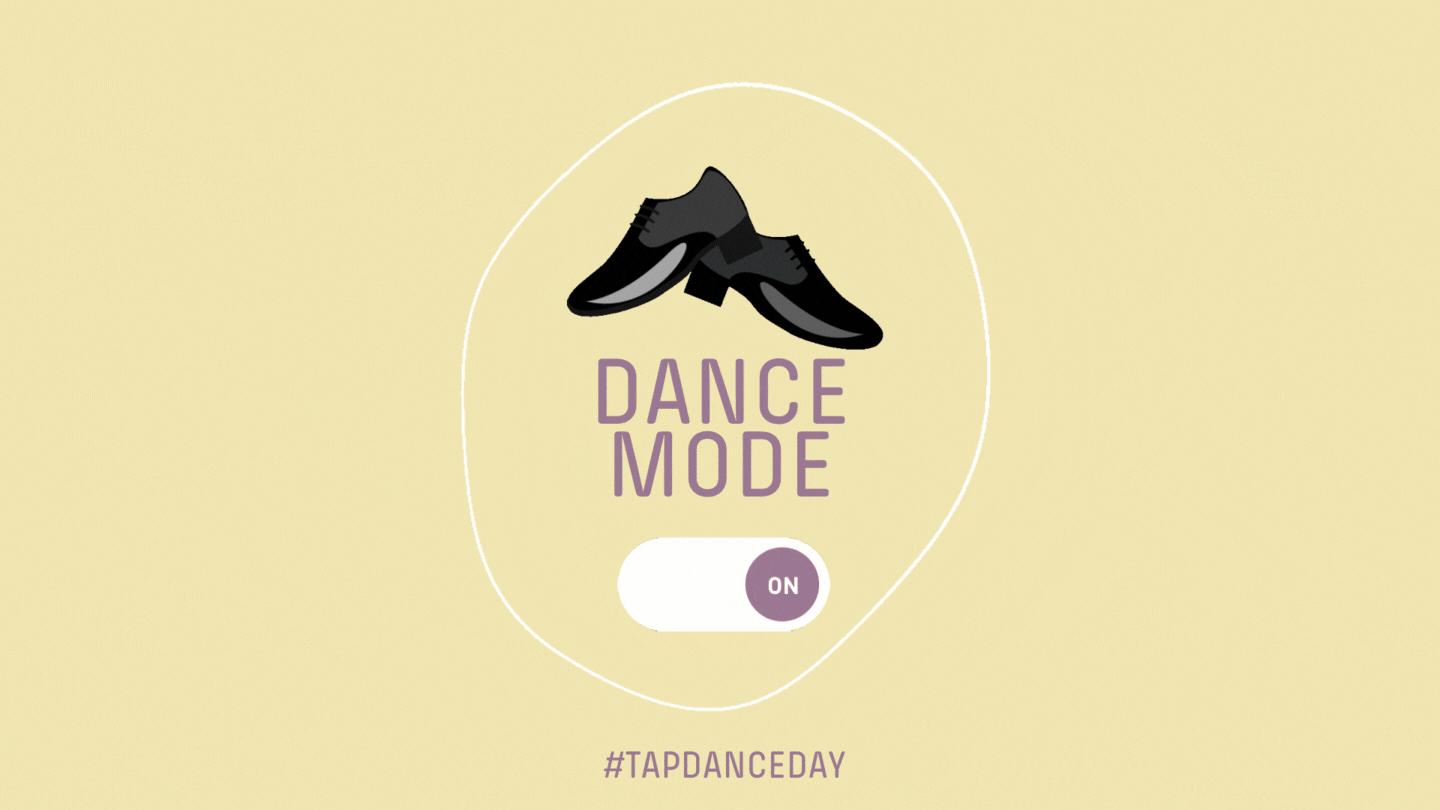
Lucy hosts regular tap dance classes at Forest Arts Centre, for beginners on Fridays, as well as improvers and intermediates on Mondays. The next five-week term starts w/c 7 June for £25. Find out more and book at forest-arts.co.uk

*Brief history information from: From Margins to Mainstream - A Brief Tap Dance History
If you have enjoyed Culture on Call and you are able to make a donation, please click the link below. Any support you can give will help us keep communities connected to culture in these difficult times.




